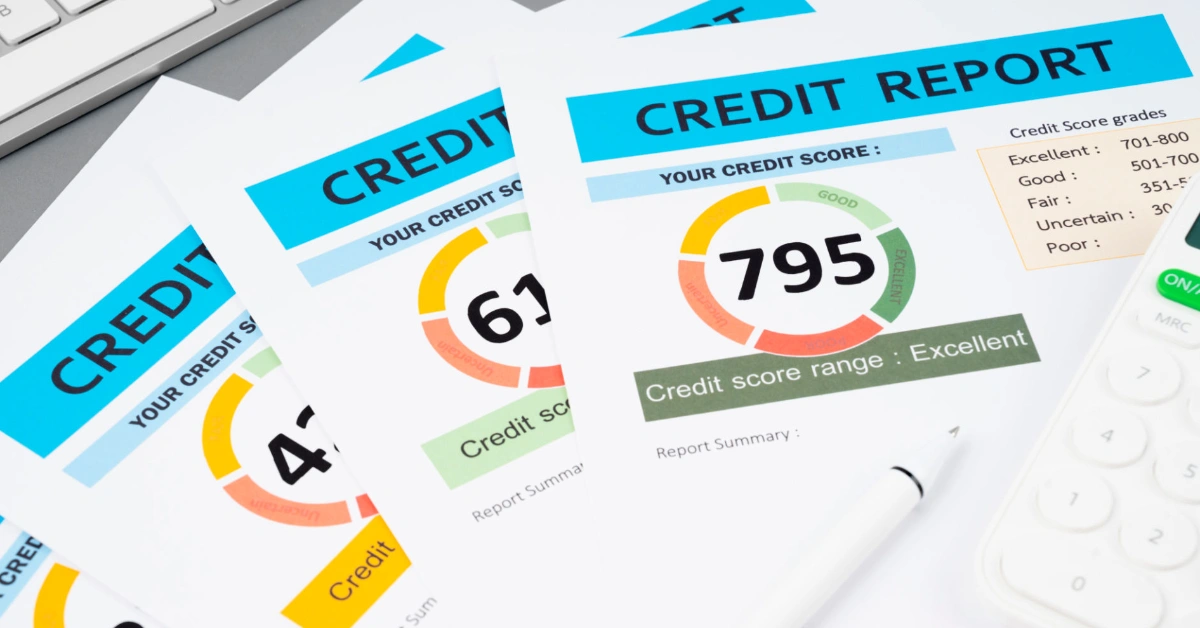As 2024 winds down, many Americans are still grappling with financial challenges exacerbated by high inflation. While the economy shows signs of improvement, the lingering cost of essentials like housing and food continues to strain budgets. This financial pressure has led to a surge in credit card usage, pushing U.S. credit card debt to a staggering $1.17 trillion by Q3 2024.
With interest rates averaging over 23%, even small credit card balances can quickly balloon if left unpaid. The typical American now carries more than $8,000 in credit card debt, making it harder to keep up with even minimum payments.
If you’re overwhelmed by mounting credit card debt, the final weeks of 2024 could be the perfect time to take action. Debt forgiveness strategies offer a potential lifeline, allowing you to reduce your total balance and regain financial control. Here are three effective ways to pursue credit card debt forgiveness before the new year.
Table of Contents
1. Negotiate Directly With Your Credit Card Issuer
One of the simplest ways to reduce your credit card debt is by directly negotiating with your card issuer. Creditors are often open to settling for less than the full amount owed, especially if you’re facing financial hardship or have fallen behind on payments.
Steps to Negotiate Successfully:
- Assess Your Financial Situation: Before reaching out, understand how much you can realistically afford to pay.
- Contact Your Creditor: Explain your circumstances honestly and request a settlement. Be prepared to offer a lump-sum payment or negotiate a reduced payment plan.
- Explore Hardship Programs: Many credit card companies offer hardship programs that temporarily lower interest rates or minimum payments, making your debt more manageable.
This approach requires proactive communication and persistence, but it’s often the quickest way to achieve a resolution without additional fees or third-party involvement.
2. Work With a Debt Relief Company
If negotiating on your own feels overwhelming, enrolling in a debt settlement program through a debt relief company could be a better option. These companies act as intermediaries, leveraging their expertise to negotiate with your creditors and settle your debt for a fraction of what you owe.
How Debt Settlement Works:
- Enrollment: You stop making payments to your creditors and instead deposit funds into a dedicated account managed by the debt relief company.
- Negotiation: The company uses the accumulated funds to negotiate lump-sum settlements with your creditors.
- Debt Reduction: Settlements often reduce your debt by 50% or more, depending on the creditor and your financial circumstances.
Pros and Cons:
- Pros: Professional negotiation, significant potential savings, and structured payment plans.
- Cons: May affect your credit score, and fees charged by debt relief companies can add up.
This option is ideal for individuals who need expert guidance and are willing to make sacrifices to achieve substantial debt reduction.
3. Consider Filing for Bankruptcy
For those facing insurmountable debt, bankruptcy may offer the ultimate reset. While it’s a serious decision with long-term implications, bankruptcy can discharge most unsecured debts, including credit card balances, providing a fresh financial start.
Types of Bankruptcy:
- Chapter 7 Bankruptcy: Eliminates most unsecured debts. You may need to liquidate certain assets, but it typically results in faster debt relief.
- Chapter 13 Bankruptcy: Establishes a court-approved repayment plan lasting three to five years. After the plan ends, any remaining eligible debt is forgiven.
Key Considerations:
- Impact on Credit: Bankruptcy can lower your credit score for up to 10 years, affecting your ability to secure future loans or housing.
- Eligibility Requirements: You’ll need to pass a means test for Chapter 7 or demonstrate the ability to repay under Chapter 13.
- Consultation: Speak with a bankruptcy attorney to explore your options and understand the potential consequences.
9 Smart Ways to Strengthen Your Financial Profile Before Buying Your Dream Home
Additional Tips for Tackling Credit Card Debt
- Create a Budget: Track your spending and identify areas where you can cut costs to free up funds for debt repayment.
- Seek Financial Counseling: Nonprofit credit counseling agencies can provide personalized advice and help you develop a debt management plan.
- Avoid Accumulating More Debt: Limit credit card usage and focus on paying down existing balances.
The Bottom Line
As the year ends, take proactive steps to address your credit card debt and set yourself up for a stronger financial future. Whether you choose to negotiate directly, partner with a debt relief company, or explore bankruptcy, acting now can help you avoid further financial stress.
Don’t let your debt hold you back in 2025. By leveraging these strategies, you can reduce your balance, regain control of your finances, and start the new year with a clearer path toward stability and growth.

2 thoughts on “3 Effective Ways to Achieve Credit Card Debt Forgiveness Before 2025”